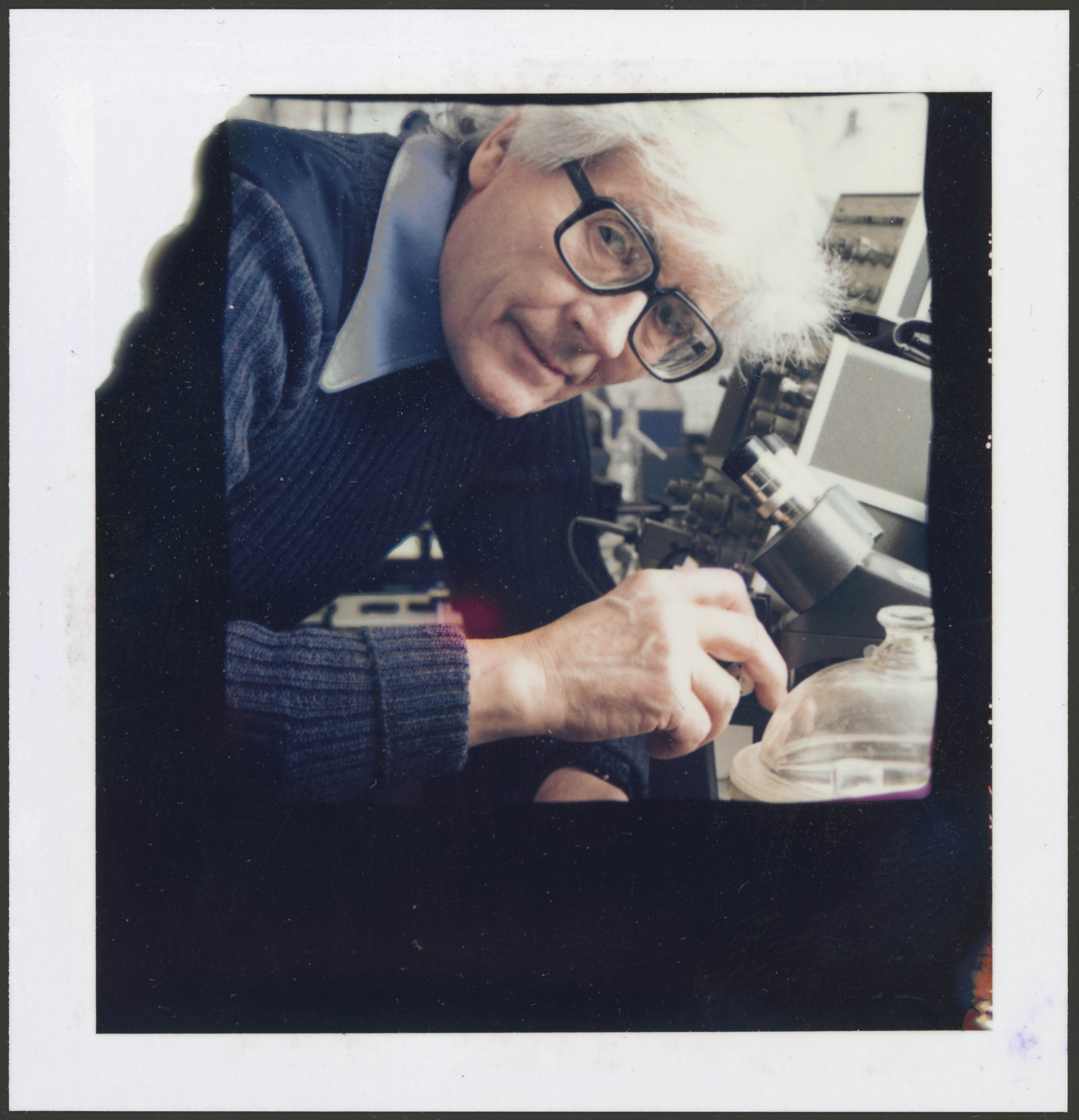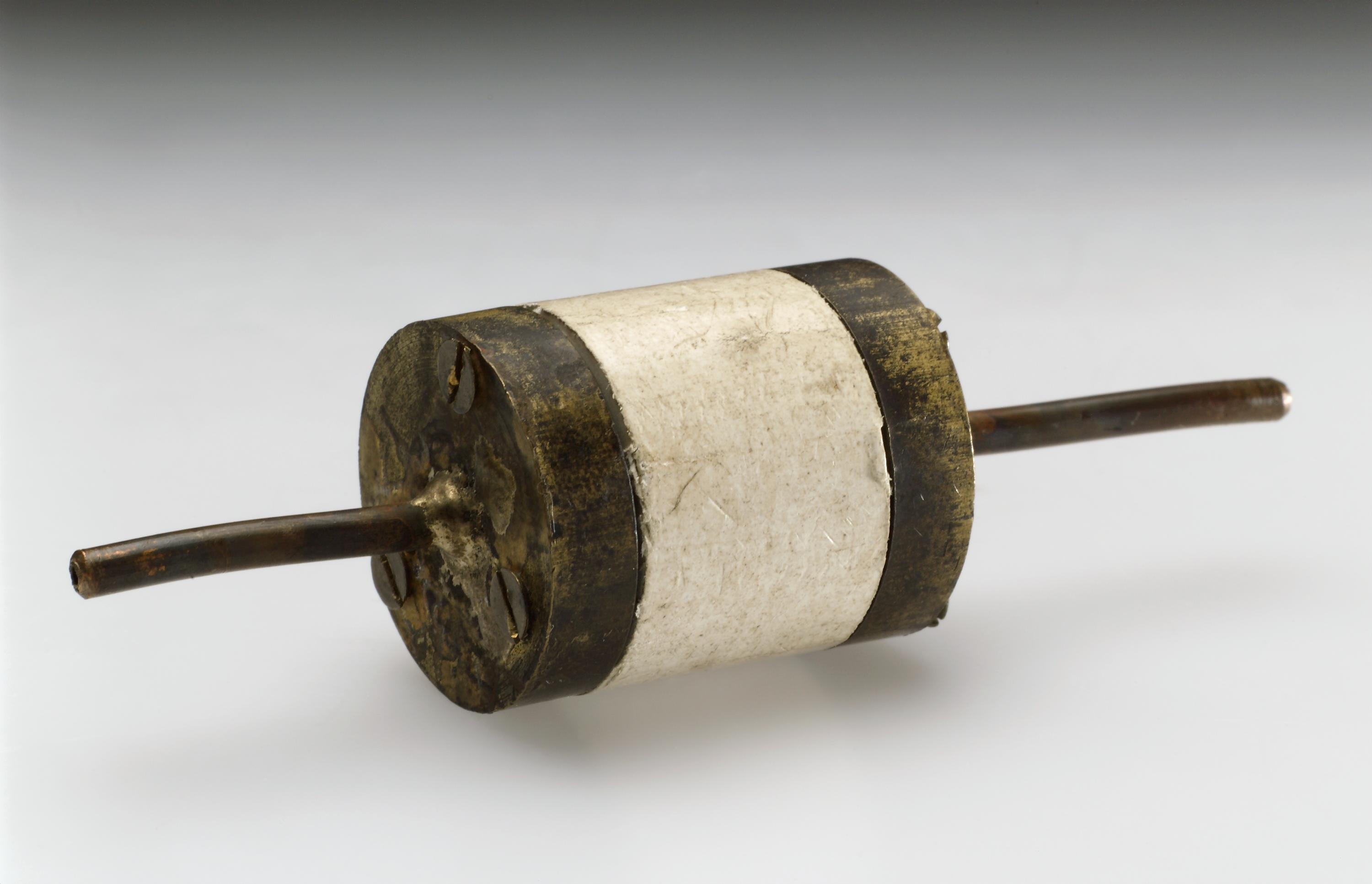From searching for life on Mars to speculating about living with cyborgs at the end of this century, James Lovelock has come a long way since he was inspired by a visit to the Science Museum in 1925.
At one event with me, Lovelock said that his encounters in the museum were ‘a major source of inspiration’ and more useful than classroom learning.
As a child, the creator of the Gaia hypothesis (which argues that Earth acts like a living organism) loved steam engines, notably one developed three centuries ago by the blacksmith Thomas Newcomen to prevent a coal mine from flooding.
Lovelock believes that, with his profitable steam engine, Newcomen unknowingly launched the current Anthropocene epoch, in which human activity exerts a noticeable impact on the natural environment.
To mark his birthday, I interviewed him in the coastguard’s cottage overlooking Chesil Beach in Dorset that he shares with his wife Sandy.
As he approaches his hundredth on 26 July, Lovelock reflects that the most disturbing change he’s witnessed in the past century is not climate change but ‘the fall in status of this country.’
Lovelock occupies an extraordinary place in 20th century science as a truly independent researcher who is refreshingly individualistic (he once told me he would happily store nuclear waste in his garden).
He finds health and safety regulations restrictive, is suspicious of consensus-led science and formal education, and dislikes committees and peer review.
Yet, despite remaining apart and aloof from the scientific establishment, Lovelock has been hugely influential.
Describing himself as ‘half a scientist, half an inventor’, he believes that necessity is the mother of invention: ‘the main advances in the world have not been driven by science but by invention.’
In 2012, the Science Museum Group acquired his archive, 84 boxes of notebooks, manuscripts photographs and correspondence.
Curator Alexandra Rose and her team had everything from his school reports, which revealed a reluctant pupil with a passion for nature, to James Bond-style stories, hand-painted Christmas cards (decorated with wormlike creatures he dubbed “Luvles”), scientific notebooks, charts, manuscripts, and materials on his 50 or so patents. In 2014, the museum celebrated his life with an exhibition, Unlocking Lovelock.

After graduating in chemistry from Manchester University, his early career was shaped by a lucky break that led to wartime work at the National Institute for Medical Research, NIMR, in Mill Hill, London.
There, Lovelock tested methods to treat burns – he preferred to carry out painful experiments on himself rather than rabbits – blood coagulation and ‘re-animating’ frozen hamsters in a microwave. He found work on such ‘ad hoc problems’ more instructive than doing ‘proper science.’
At the NIMR his path crossed with another icon of 20th century science: he came into contact with Stephen Hawking’s father Frank, and Lovelock once told me about the moment aged 23, he held the infant Stephen Hawking in his arms.
His next career move was to work in Houston for NASA, the first Briton to work on their Mars missions, which provided the perfect opportunity for his inventive skills – creating ‘exceedingly small, simple bits of hardware’ to go on NASA’s rockets.
Lovelock’s biggest ideas date back to this time, when he became convinced that the search for life on Mars was futile. He had found that the atmosphere was not chock-full of substances which could chemically react, as on Earth, but a dead-end chemical brew.
By comparison, Earth’s atmosphere contained a ‘highly improbable’ mixture of gases that were constantly circulating. The pump driving this circulation was life itself.
After three years, his work at NASA paved his way to setting up his own laboratory back in the UK at Clovers Cottage in 1964 where he used a “Danger Radioactivity!” sign to deter burglars. Around that time, climate change began to be a topic of interest, for instance to Shell, which he advised.

Among those small, simple bits of hardware he developed was his electron capture detector, ECD, a remarkably sensitive instrument.
He began to develop the ECD in the early 1950s, while attempting to determine the damage done to single cells when frozen, when he became frustrated by the lack of sensitivity of the gas chromatography equipment used at the time for chemical analysis.
The ECD can spot chemicals at a concentration of one part per trillion (around one thousand times more sensitive than what was available at that time). In response to scepticism that it really worked, it took Lovelock another seven years to understand it and verify its accuracy.
He used the ECD to detect trace amounts of chemicals. ‘mostly nasty poisons and carcinogens, or else harmful to the atmosphere like nitrous oxide and halocarbons.’
In the summer of 1967, used the ECD to screen the supposedly clean air blowing off the Atlantic onto Ireland’s west coast and found that it contained CFCs, later found to cause ozone depletion.

The ECD helped hone his thinking about the Earth as a living thing, a super-organism, in which creatures, rocks, air and water interact in subtle ways to ensure the environment remains stable.
His hypothesis was named Gaia by his then novelist-neighbour, William Golding, after the ancient Earth goddess.
He worked on the theory with the American biologist Lynn Margulis but Gaia was criticised for being teleological (that is, designed by God rather than having evolved) by the distinguished Oxford zoologist Richard Dawkins and, in response, Lovelock in the early 1980s, developed a simple computer model, called Daisyworld with his student, Andrew Watson, to show Gaia in action.
With Daisyworld, Lovelock wanted to show how life could evolve to help Earth keep its cool, in spite of a warming sun. To keep his model simple, he populated it with black daisies that absorb heat and white ones to reflect it. Lovelock showed how the daisies could regulate temperature without any planning on the part of the flowers.
Among the items acquired by the Science Museum Group is a computer that Lovelock used for Daisyworld, which put Gaia on a mathematical foundation.
Light, and dark, coloured daisies evolved within an idealised world, waxing and waning to balance the way they absorbed and reflected sunlight to regulate the temperature, so it was optimum for plant growth.
Bolstering Lovelock’s Gaian vision came experimental evidence – the discovery that sulphur from ocean algae circulated in the form of a gas, DMS, that has since been linked with the formation of clouds that cool the world by reflecting sunlight back into space.
When it comes to the fate of our home world, Lovelock’s is receptive to another idea that, relatively recently, was laughed off as unrealistic, even a little mad: geoengineering.
With a former Museum Director, Chris Rapley, he devised one way to cool our overheated world: pumping chilly waters from the ocean depths to fertilize the growth of carbon-hungry blooms.
In his latest book, Novacene: The Coming Age of Hyperintelligence, Lovelock argues that machines will evolve to outperform us by the end of this century but, reassuringly, will still need humans just as we need plants.
The book was spurred by his irritation at Hollywood descriptions of AI, such as Terminator, and its title reflects his belief in evolution and how we have now entered the Novacene, the age of thinking machines, heralded by AlphaGo, developed by DeepMind, which is able to learn in a day to play chess, Go and Shogi at superhuman levels.
Although these cyborgs will evolve to think much more quickly than us, they will still depend on us, being part of Gaia. “We are now preparing to hand the gift of knowing on to new forms of intelligent beings,’ he writes in his new book. “Do not be depressed by this. We have played our part.”
Discover more about Lovelock’s invention of the Electron Capture Detector through our online story.